Expansion of E-commerce Platforms
The rise of e-commerce platforms significantly impacts the Kratom Market, facilitating easier access to Kratom Market products for consumers. Online sales channels have become increasingly popular, allowing consumers to purchase Kratom Market from the comfort of their homes. This shift towards online shopping is supported by the convenience and variety offered by e-commerce platforms, which often provide a wider selection of Kratom Market strains and products than traditional retail outlets. Market data indicates that online sales of herbal products, including Kratom Market, are expected to grow substantially, potentially reaching billions in revenue. This trend is likely to enhance the visibility and availability of Kratom Market, further driving its market growth.
Increasing Demand for Herbal Products
The Kratom Market experiences a notable surge in demand for herbal products, driven by a growing consumer preference for natural alternatives to pharmaceuticals. This trend is particularly evident among individuals seeking relief from chronic pain, anxiety, and other health issues. According to recent surveys, a significant percentage of consumers express a desire for herbal solutions, which positions Kratom Market as a viable option. The market for herbal supplements is projected to expand, with estimates suggesting a compound annual growth rate of over 10% in the coming years. This increasing demand for herbal products is likely to bolster the Kratom Market, as more consumers turn to natural remedies for their health needs.
Evolving Consumer Awareness and Education
Consumer awareness regarding the benefits and uses of Kratom Market is evolving, contributing positively to the Kratom Market. As more information becomes accessible through various channels, including social media and online forums, potential users are becoming more informed about the potential effects of Kratom Market. Educational initiatives and advocacy groups are playing a crucial role in disseminating knowledge about Kratom Market's properties, which may lead to increased acceptance and usage. This heightened awareness could potentially expand the consumer base, as individuals who were previously unaware of Kratom Market's benefits may now consider it as a viable option for their health and wellness needs.
Diverse Applications in Wellness and Health
The Kratom Market is characterized by its diverse applications in wellness and health, appealing to a broad spectrum of consumers. Kratom Market is utilized for various purposes, including pain relief, mood enhancement, and energy boosting. This versatility attracts individuals from different demographics, including those seeking natural alternatives to conventional medications. Market Research Future indicates that the demand for wellness products is on the rise, with consumers increasingly prioritizing holistic health solutions. As the Kratom Market continues to innovate and expand its product offerings, it is likely to capture a larger share of the wellness market, further solidifying its position as a key player in the herbal supplement sector.
Regulatory Developments and Market Adaptation
The regulatory landscape surrounding the Kratom Market is continually evolving, influencing market dynamics. While some regions impose restrictions on Kratom Market sales, others are moving towards regulation that could legitimize its use. This duality presents both challenges and opportunities for the industry. Companies within the Kratom Market are adapting to these changes by ensuring compliance with local regulations and advocating for responsible use. As regulations become clearer, it is anticipated that consumer confidence may increase, potentially leading to a more stable market environment. This adaptability is crucial for the long-term sustainability of the Kratom Market.


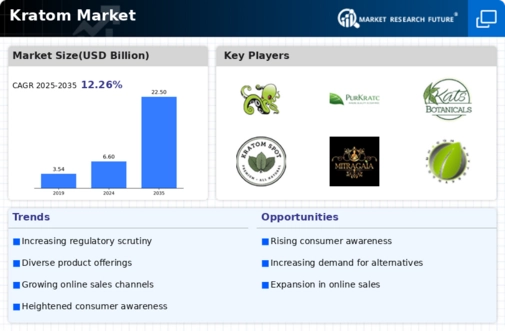
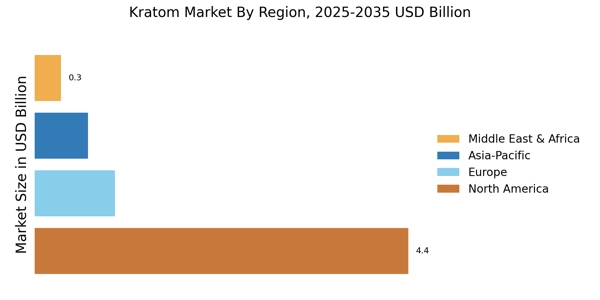
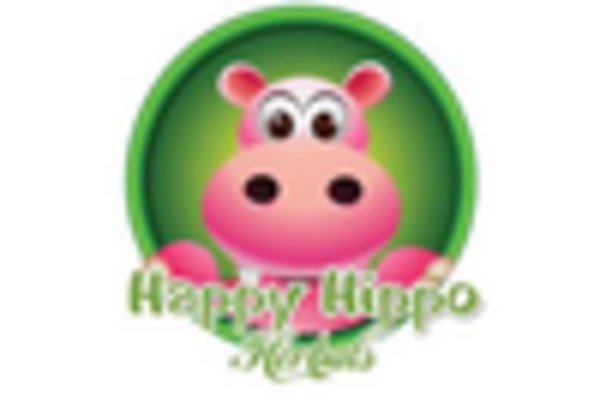
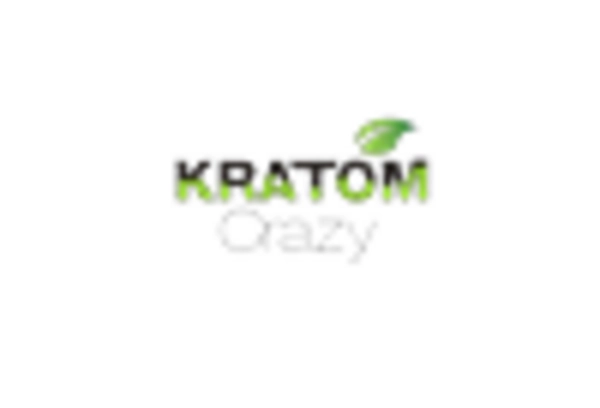
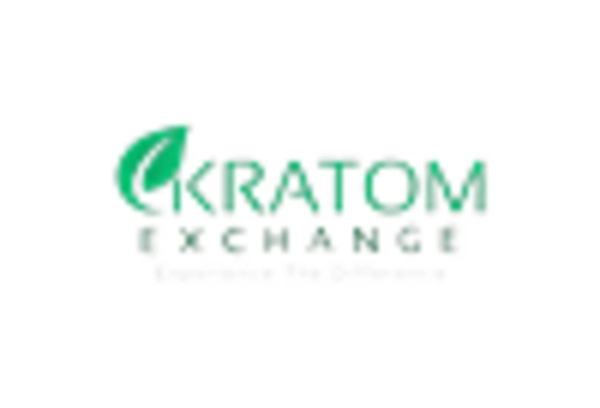
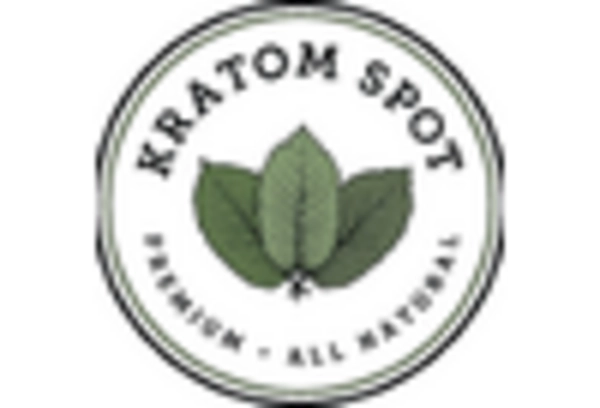
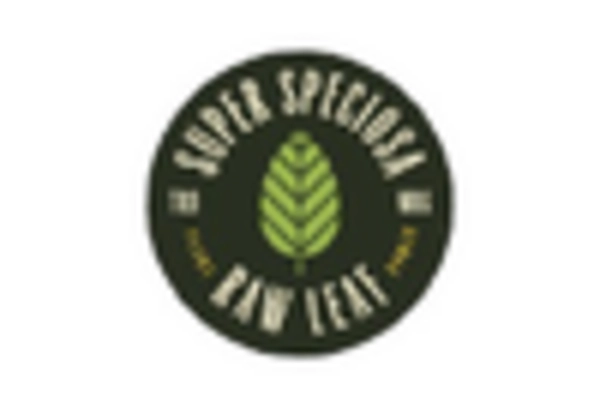
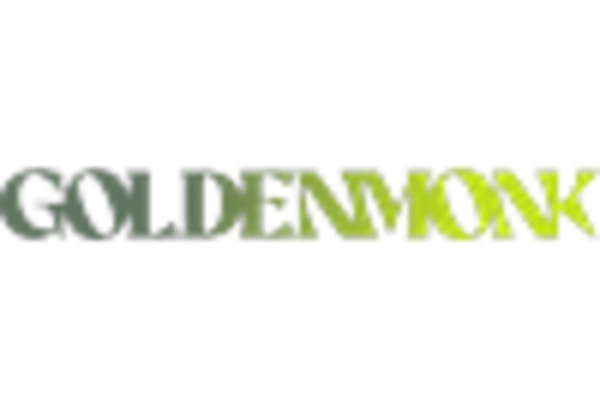








Leave a Comment